Intermarket Analysis: Profiting from Global Market Relationships
$16.04
| Author(s) | |
|---|---|
| Pages |
286 |
| Format |
|
| Publication Year |
2004 |
John Murphy’s point in writing Intermarket Analysis: Profiting from Global Market Relationships was to show how closely related all the financial markets really are, both domestically and internationally. The book’s main thesis was that technical analysts need to broaden their chart focus to take these intermarket correlations into consideration.
Introduction:
Analysis of the stock market, for example, without consideration of existing trends in the dollar, bond, and commodity markets was simply incomplete. The book suggested that financial markets can be used as leading indicators of other markets and, at times, confirming indicators of related markets.
Because the message of my earlier text challenged the single market focus of the technical community, some questioned whether this newer approach had any place in the technical field. Many questioned whether intermarket relationships existed at all—and whether they could be used in the forecasting process. The idea that global markets are linked to each other was also viewed with some skepticism. How things have changed in just one decade. Intermarket analysis is now considered a branch of technical analysis and is becoming increasingly popular.
The Journal of Technical Analysis (Summer– Autumn 2002) asked the membership of the Market Technicians Association to rate the relative importance of technical disciplines for an academic course on technical analysis. Of the fourteen disciplines included in the poll, intermarket analysis ranked fifth. Intermarket work has come a long way in ten years.
Contents:
- A Review of the 1980s
- 1990 and the First Persian Gulf War
- The Stealth Bear Market of 1994
- The 1997 Asian Currency Crisis and Deflation
- 1999 Intermarket Trends Leading to Market Top
- Review of Intermarket Principles
- The NASDAQ Bubble Bursts in 2000
- Intermarket Picture in Spring 2003
- Falling Dollar During 2002 Boosts Commodities
- Shifting from Paper to Hard Assets
- Futures Markets and Asset Allocation
- Intermarket Analysis and the Business Cycle
- The Impact of the Business Cycle on Market Sectors
- Diversifying with Real Estate
- Thinking Globally
Intermarket Analysis: Profiting from Global Market Relationships By John J. Murphy pdf
20 reviews for Intermarket Analysis: Profiting from Global Market Relationships
Clear filtersOnly logged in customers who have purchased this product may leave a review.

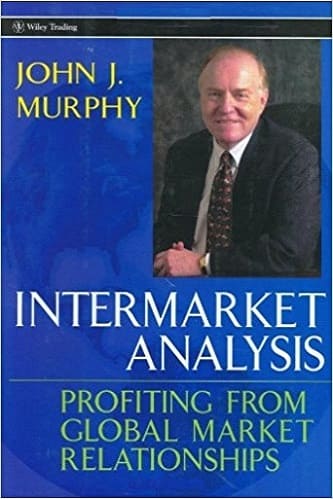
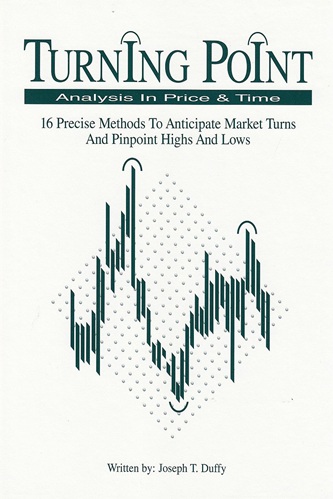
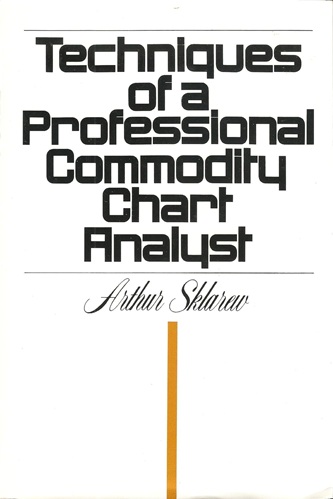

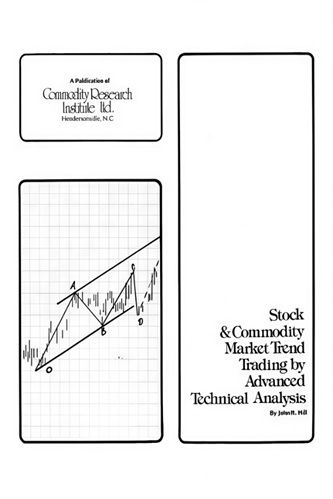
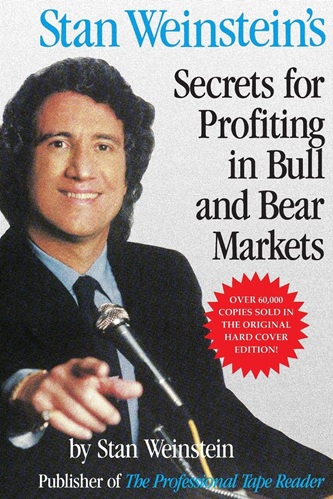
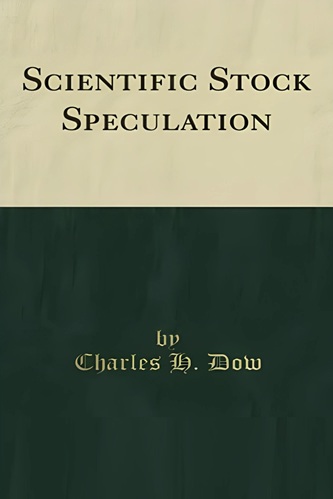

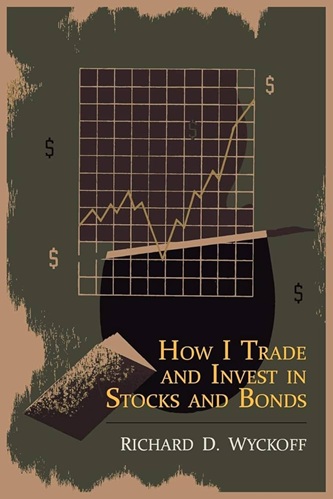
Bode Randall (verified owner) –
I have already read from Murphy his book on technical analysis and wanted to see what he is writing about the events of 2000. He studied not only these, but also important time events in 1930, among other things, and explained the interplay of the different markets/social levels. As a result, much of the crash 2007/8 has become clearer to me.
I can recommend the book to anyone who is interested in stock exchange history and relationships.
Martha Fisher (verified owner) –
Great book to get an understanding into inter market relationships. Defiantly opens to the door to analysing price action across markets. Bought the trading with intermarket analysis book also.
Legacy Leach (verified owner) –
Dear All,
Intermarket Analysis is good and comprehensive book. For a trader its treat to have this book.
Sean Woodard (verified owner) –
If you ever wondered why you zigged when the market zagged, this book is for you. Understand how to identify which market and/or sector is peaking and which will be growing
Kashton Woodard (verified owner) –
It’s a small book (compared to Murphy’s classic, Tech. Anal. of the Fin. Mrkts., which is a very good starter book of technical analysis). It has good info in it. The newer verions of his classic covers much of the same info, but this one goes into more depth. Murphy is easy to read. But the book seemed rather repetitive. Murphy should have spent some time telling us how to get all the comparative info at the best price. Then the book would more useful.
Olive Beltran (verified owner) –
Excellent introduction to market interrelationships.
Saoirse Frank (verified owner) –
Lots of information
Colton Portillo (verified owner) –
There are zero insights in this book. The author does nothing more than observe the most rudimentary relationships in the market (eg, stocks vs bond prices, inflation and gold). There is nothing in this book worth paying for. There are literally only a handful of variables analyzed in the book and no depth of analysis.
Sylvia Doyle (verified owner) –
Murphy does a great job of explaining a complicated subject in easy to understand language. I would recommend this book to anyone interested in learning about relationships between the different market participants and how these relationships change over time.
Nathalie Taylor (verified owner) –
This book helped me see the relationships between the different markets and how the interact with one another. Murphy is a great author and I recommend all of his books to the financial market enthusiast.
Jackson Reese (verified owner) –
This is a very important book because the author does an outstanding job of explaining intermarket relationships in a very readable manner. I studied economics in college and finance in grad school and I didn’t think I learned enough about how the financial markets actually work until I read this book. This book blends the two topics in an easy-to-understand manner. I definitely recommend it.
Gael Blackwell (verified owner) –
I understand that there is never a perfect correlation all the time so this book basically has two functions. 1) This is a book that explains some of the major market events over the last 40 years. 2) Murphy explains what the correlations were at the time. So, after reading this book and diving a bit into his analysis he explains that there is no reason to believe the correlation will occur again. There you have it, the book is a historical collection with a few nuggets of wisdom of what could happen. Is is worth you time reading and buying, well… I’m not sure so that is why the 3 stars only. In summary, don’t expect anything life changing in this book.
Damir May (verified owner) –
Probably the most bizarre thing about the stock market is it’s explosive rallies and catastrophic crashes. Both occur with little warning and seemingly with little reason, but by studying intermarket analysis you quickly learn the relationship between currency trends, commodity prices, bond yields and their strong influence on the bond and stock markets. This book is one that every serious investor should own.
Clark Casey (verified owner) –
John J Murphy doesn’t need “any” extra confirmation, the prove of his skills keeps pouring in from those who seek to learn or heighten their financial abilities in the financial world. It’s a publication purchased to keep up.
Araceli Bartlett (verified owner) –
This book has been fascinating, not that it doesn’t already make sense that markets are inter-related, but that the connections are explained and mapped out with understandable charts. Since it was published several years ago, it will be interesting to start looking at charts from the subsequent years to see how things went compared to where things were at the time of publication. I hope to be able to derive a plan for portfolio positioning and seeing where to start watching for opportunities to come.
Derrick Wang (verified owner) –
I should have bought this book and the 1st one when they came out. Kept thinking they where not for me, as I day trade. But after I put this information into my thinking ,”themes” came to my trading like the oil air line trade,
or a better understandxing of the gold trade, when it should show up eg switch from deflation to inflation.
Or the us dollars affect on the market.
Also every kid in school should get these books. You understand why you have a job, when you have to move for work.
It is not your fault that your industry is laying off people, and what you should do about it. They sector pyramid
lays out a time line that makes sense. One you can follow the daily news with, and have a keen understanding.
Braylen Barajas (verified owner) –
The book Intermarket Technical Analysis was great for its time, however some of the relationships it described change in a deflationary environment which the author suggests we are in. However, the best reason for the rewrite was the writing in the earlier book was terrible in my opinion. It was a terribly boring book — even if you are interested in the topic.
This book is different, and is a much better book. It also seems to me that the sector analysis coverage is a little more thorough (although I have not opened them up side by side to tell).
The only downside of this book is I don’t think it gives you as many practical tools for tracking the business cycle and sector rotation as Pring’s book, how to select stocks using technical analysis. It will give you the basics though, relying heavily on comparative relative strength.
If you want to see the big picture and understand how the markets are tied together, I can without hesitation recommend this book. There are several other books that complement this one as well.
Aspyn Morse (verified owner) –
This is one of the best books on finance I have ever read – (I have over 200 books on finance). Most finance books only analyze that portion of the market relevant to their system. This book does a great job of pointing out the interactions that affect the different investment markets and how these interactions affect investment categories such as stocks, bonds etc.
Key features of the book:
1. Factors that affect different investment categories such as bonds, currencies, stocks.
2. How these factors impact stocks, bonds, currencies etc.
3. How interactions between stocks, bonds, currencies then affect the financial markets.
4. Provides a list of key factors to watch in order to detect shifts in the markets.
Finally, Intermarket Analysis is not your typical dry finance book with page after page of equations and text. Instead, the author John Murphy, has filled this book with visually attractive charts and graphs which do a great job of conveying his message.
Aubrie Patrick (verified owner) –
I am a professional equity analyst. Although I’ve spent time analyzing stocks and sectors under my coverage, studying different markets and understanding the share price movements within a much bigger context has always been a grey area and something that made me feel uncomfortable with all the time… until I came across this book.
I think the great thing about the book is how the text is laid out. Usually in a book, you read about all the concepts first and spend hours trying to understand what they are, and then you see examples related to the concepts. In this book, Mr Murphy lays out a long-term market panorama before your eyes – and while you’re reading about what the markets did during each time, you can quite easily pick up the bits and pieces of his theory that he puts here and there so that when you’re done reading the market history, you end up with an understanding of Mr Murphy’s intermarket principles in addition to the market history… which makes this a very readable book and yet extremely informative. This book is a bit outdated but I believe the book still has plenty of value for most readers.
Keilani Brandt (verified owner) –
John Murphy’s Intermarket Analysis is a thesis that markets such the currency, commodities, bond, stocks, and market sectors are and have been inter-related.
This is a pretty good book. This book offers a very big picture of the global markets. If you’re trading experience only encompasses the past 3 years, this book give a bigger picture from 1980 and 2003.
Note that this book was copyrighted at 2004, so there is no mention of the 2007-2008 crash. Nevertheless, this book shows relationships between markets and offers ideas on why one influenced the other.
Before reading this book, I mostly looked at daily, hourly, and 30 min charts. After reading this book, I now look at the daily, weekly, and monthly charts. Also, I was pretty weak on what happened during the 80’s, 90’s, and early 00’s. This book explains a lot about those years.
I would recommend this book to intermediate investors who want to understand the behavior of markets and who want to learn the direction of markets from 1980 to 2003. If you’re a beginner investor, you might want learn basic technical analysis.